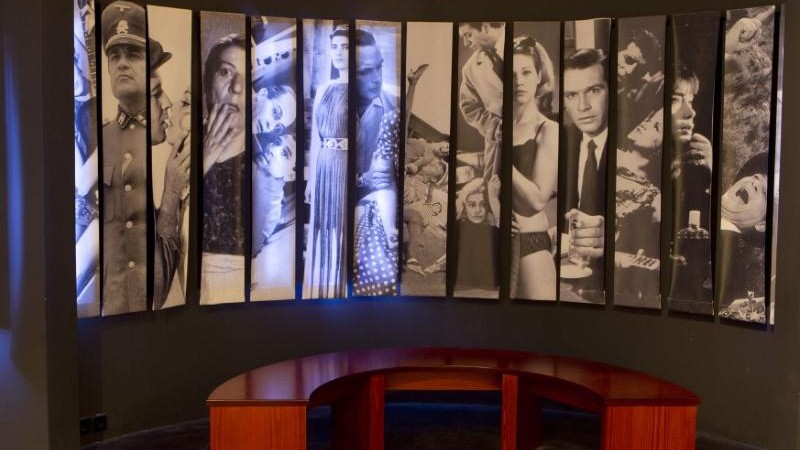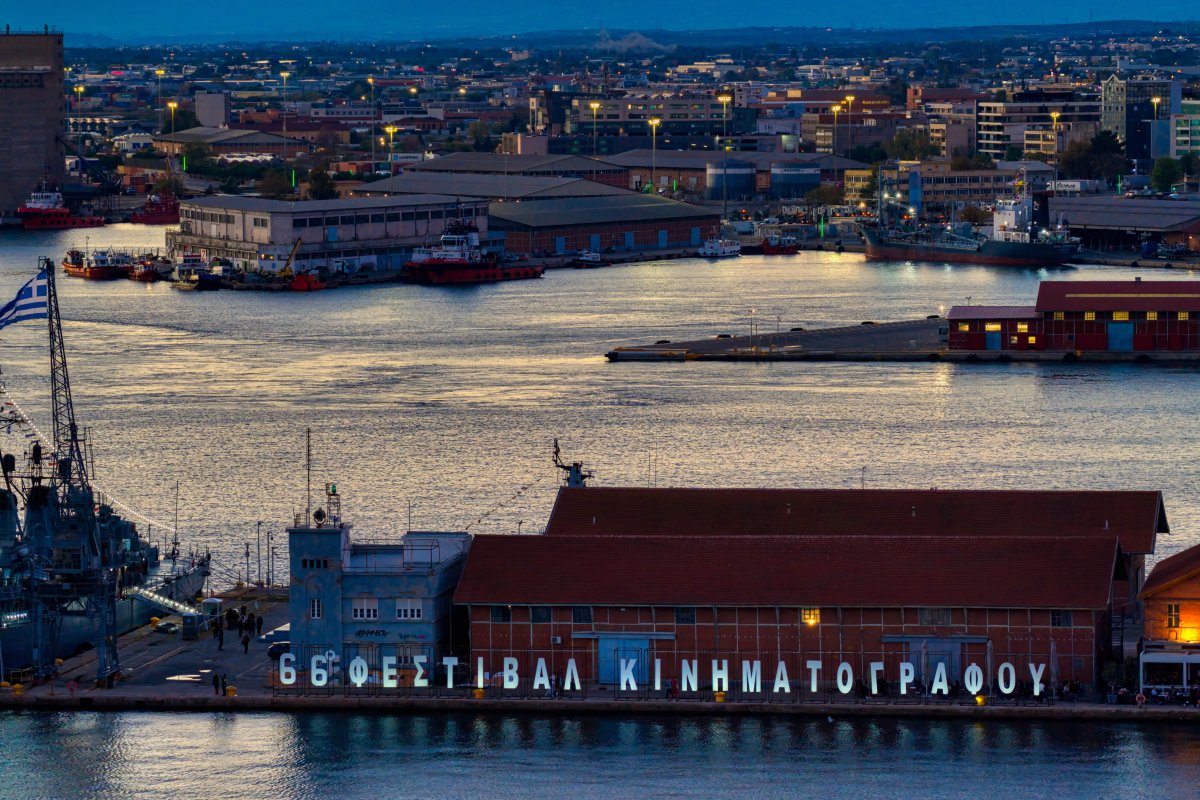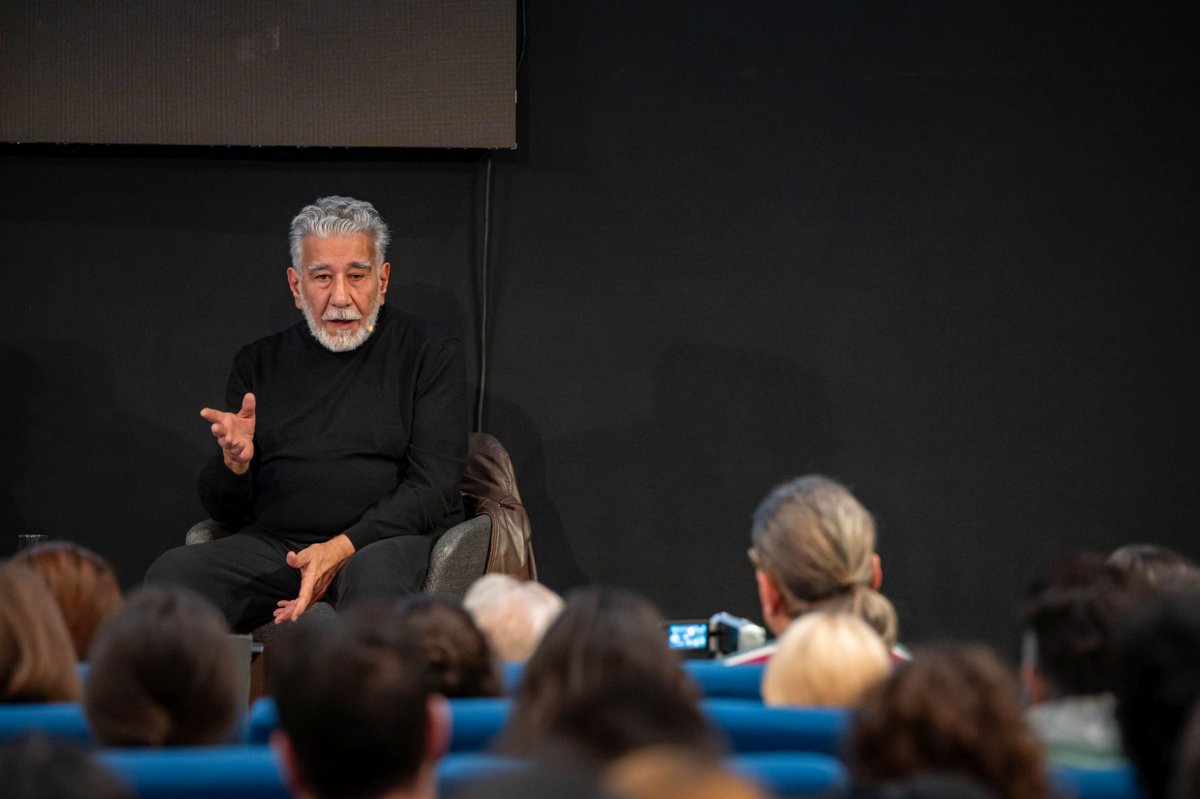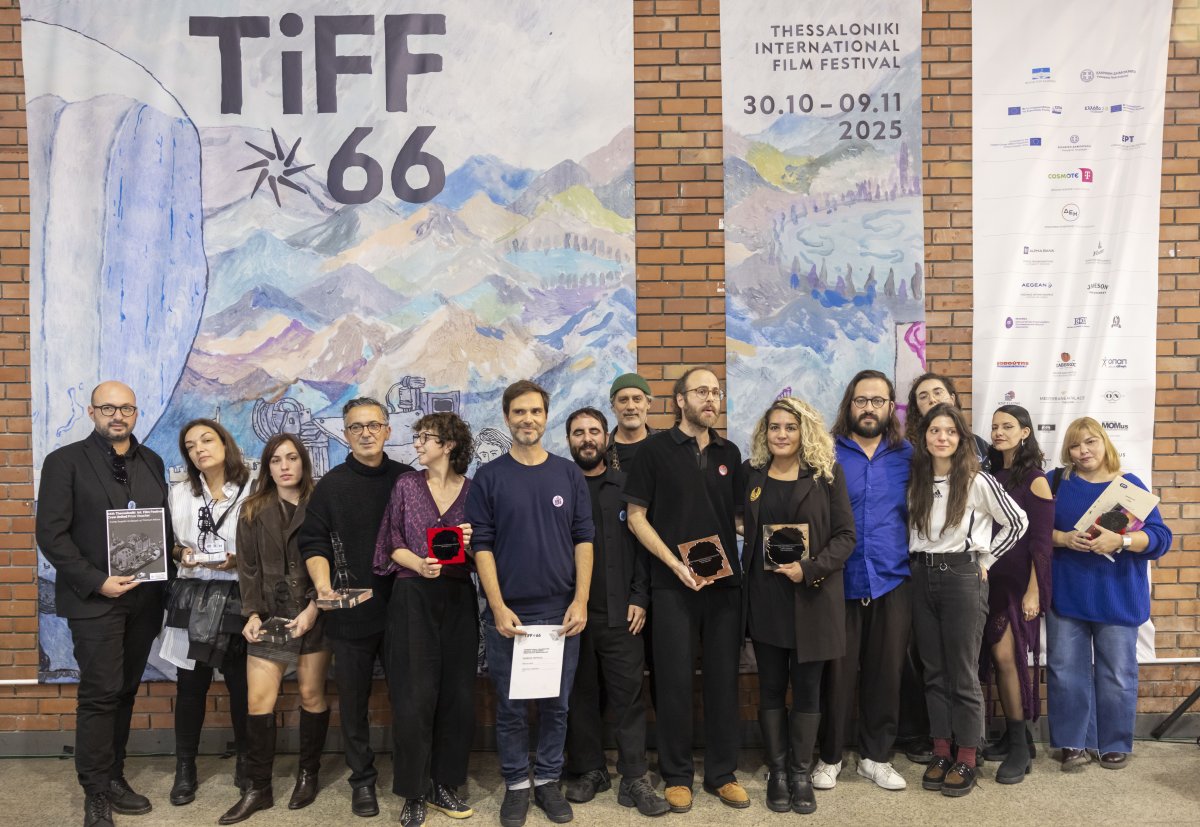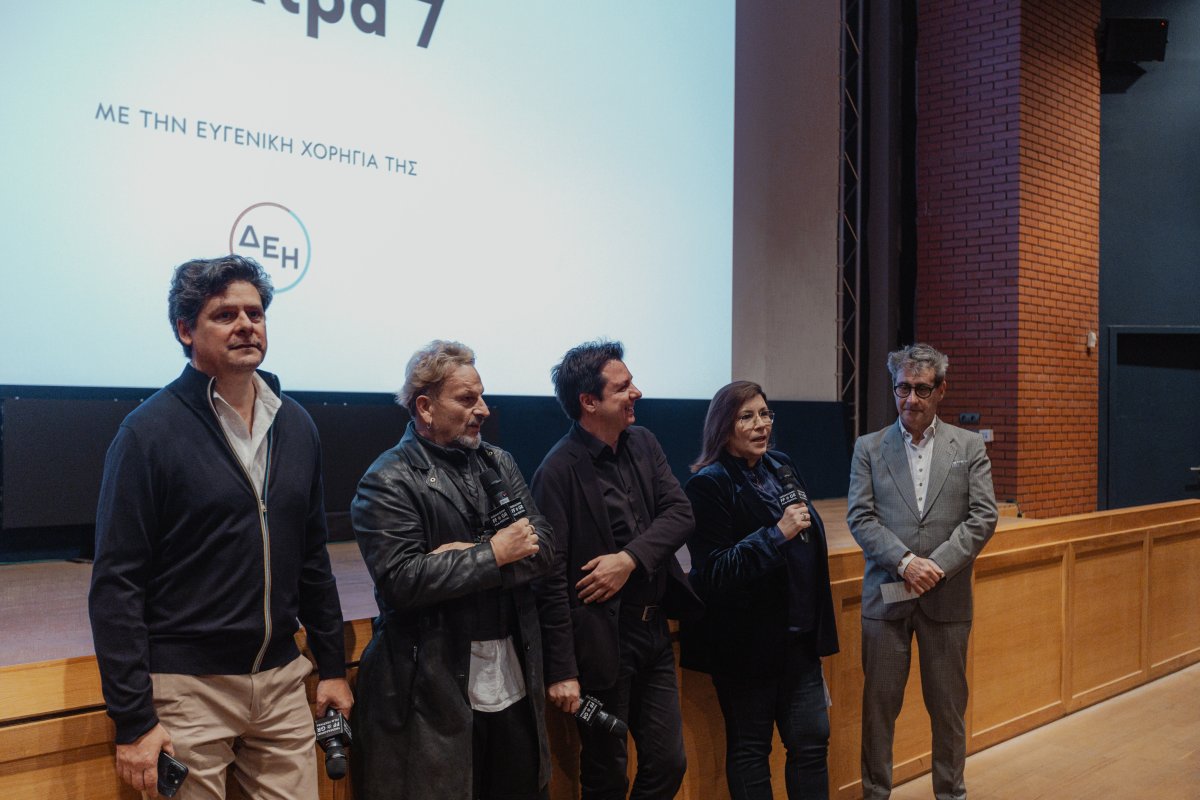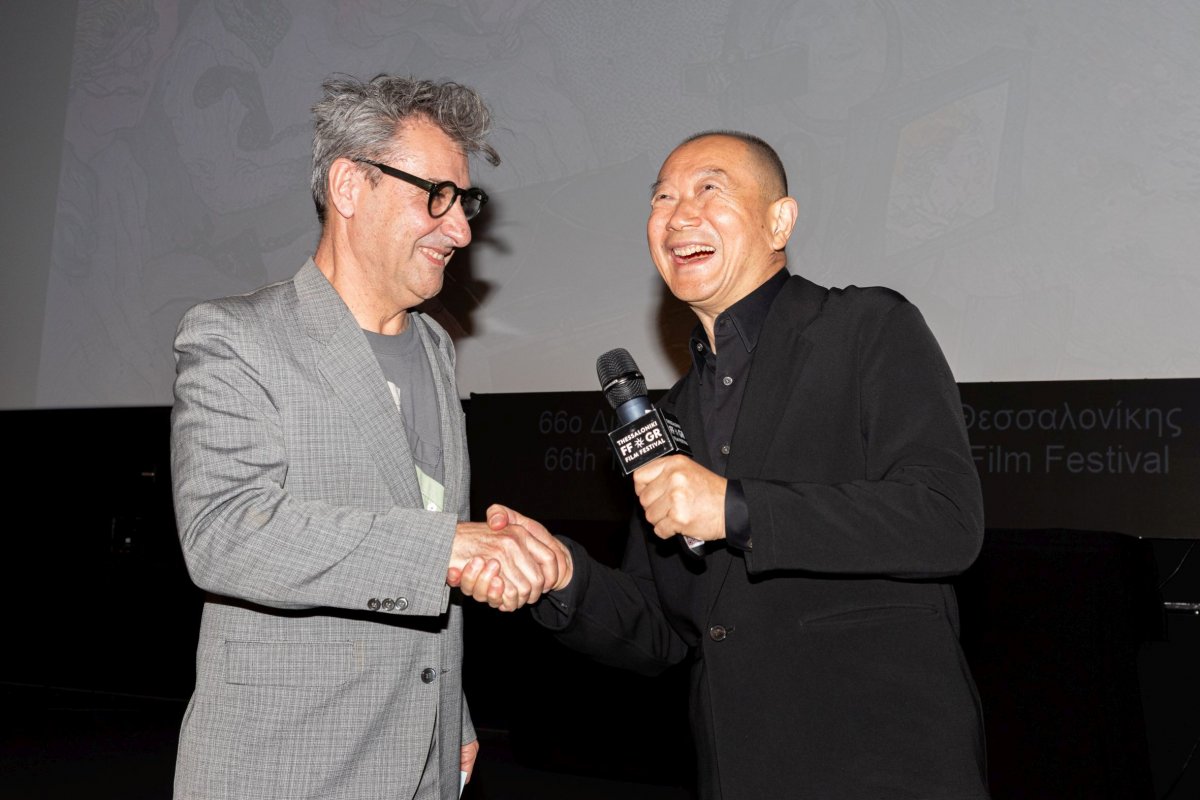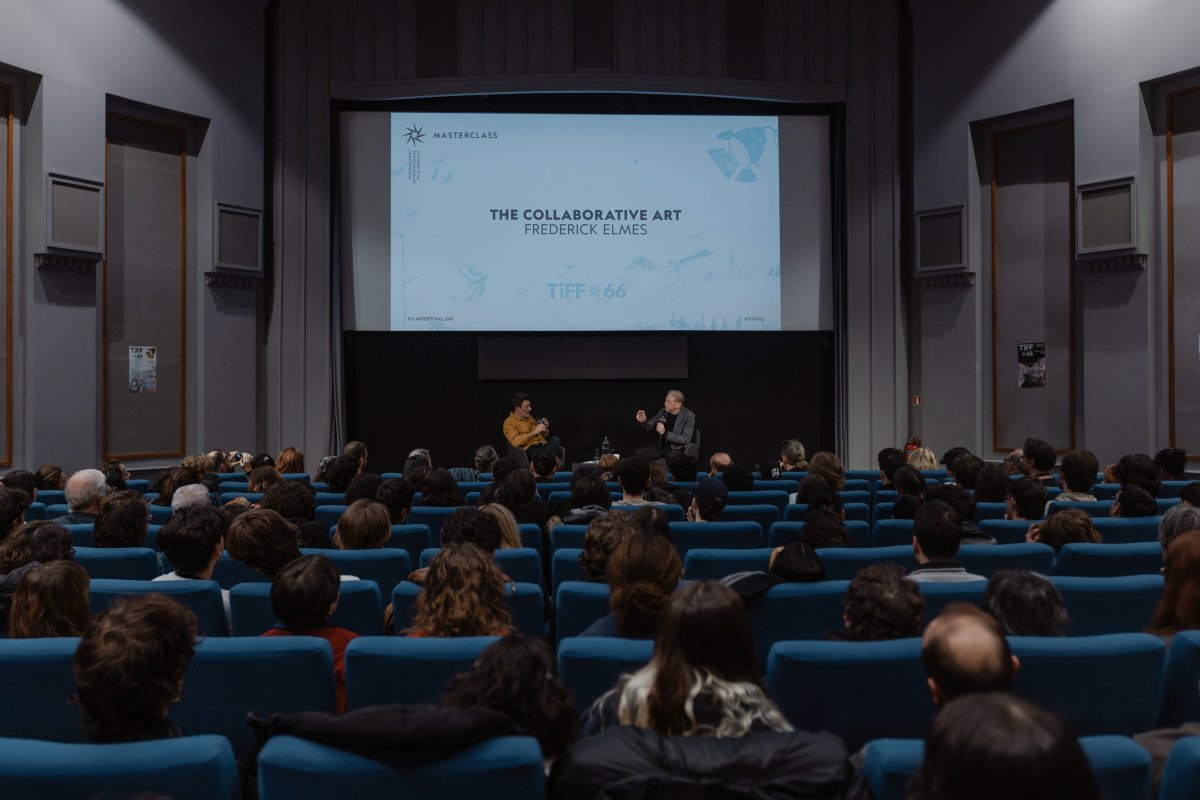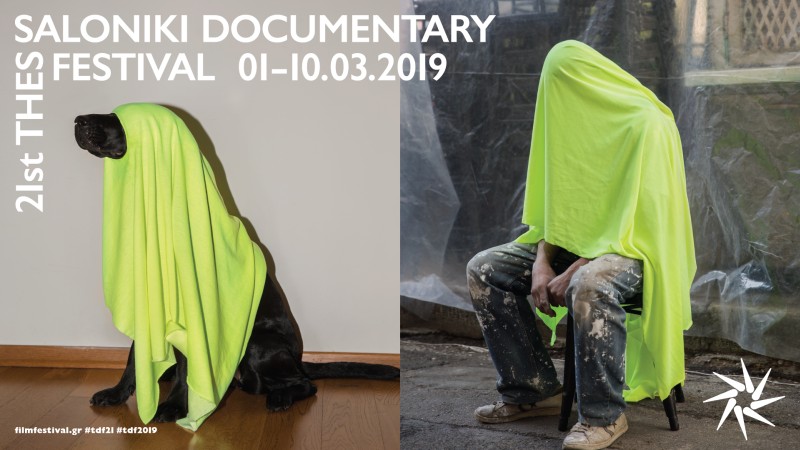The Thessaloniki Cinema Museum is the only Cinema Museum existing in Greece. It was established in 1997 when Thessaloniki was appointed European Capital of Culture. Specifically, the Museum was founded by the European Capital of Culture Thessaloniki 1997 Board of Directors under the title Thessaloniki Cinema Museum.
Museum / Exhibitions
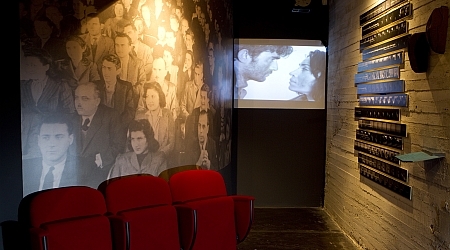
The Thessaloniki Cinema Museum was established in 1997 when Thessaloniki was appointed European Capital of Culture.
The museum’s mission is the collection, preservation and museological display of the elements constituting Greece’s Cinema development. Within this framework, the museum researches and documents material in relation to the art of cinematography while at the same time organizes in collaboration with other cultural institutions seminars and educational programs. The Thessaloniki Cinema Museum experiments on the ways in which visitors familiarize themselves with the art of the Greek Cinema, commencing with the first awkward attempts in the beginning of the 20th century and reaching the movies screened in theatres today.
In this way, the Museum invites the visitor to go through a collection of displays not exclusively related to cinema. Visitors experience a “collection of cinematic instances”. In an atmosphere of dimness the collection unravels as a film composed by brief instances-sequences in the history of the Greek Cinema. Images and sounds from a selection of projections, posters, photographs and objects are not displayed in the traditional museological way but co-exist in order to intersect and create a cinematic illusion in which the visitor gradually transcends.
The Thessaloniki Cinema Museum is located in Warehouse A, Pier A, in the Thessaloniki Port. It has reached its present form with the support of the European Union’s Community Support Network (CSF III).
The Exhibition
www.filmfestival.gr
The Thessaloniki Cinema Museum unfolds the history of Greek Cinema, starting with the Manakia brother embryonic attempts during the beginning of the 20th century, proceeding with the pastoral drama and the comedic romance, genres characterizing the first half of the century, turning to the newly found Greek realism, which ensued the years of occupation and the civil war, focusing on the flagship musicals and comedies created by leading Greek producers of the 1960's, gradually reaching the New Greek Cinema or otherwise the Cinema of Auteurs, the evolution of which took place during the 70s, in order to conclude with the films screened in cinema theaters today.
The Collections
www.filmfestival.gr
Gigantic hand-made poster-paintings, predominantly with the unique HELLAFFI collection, gpre-drawings executed in pen, lithographs, watercolour paintings, pieces executed in ink and pencil, films, basically Greek productions spanning from 1962 to 1972, newsreels and the chronicles, trailers and educational films, a selection of film equipment and components such as cameras and film projectors, 1890’s magic lanterns, lenses, film negatives, lamps e.t.c.



